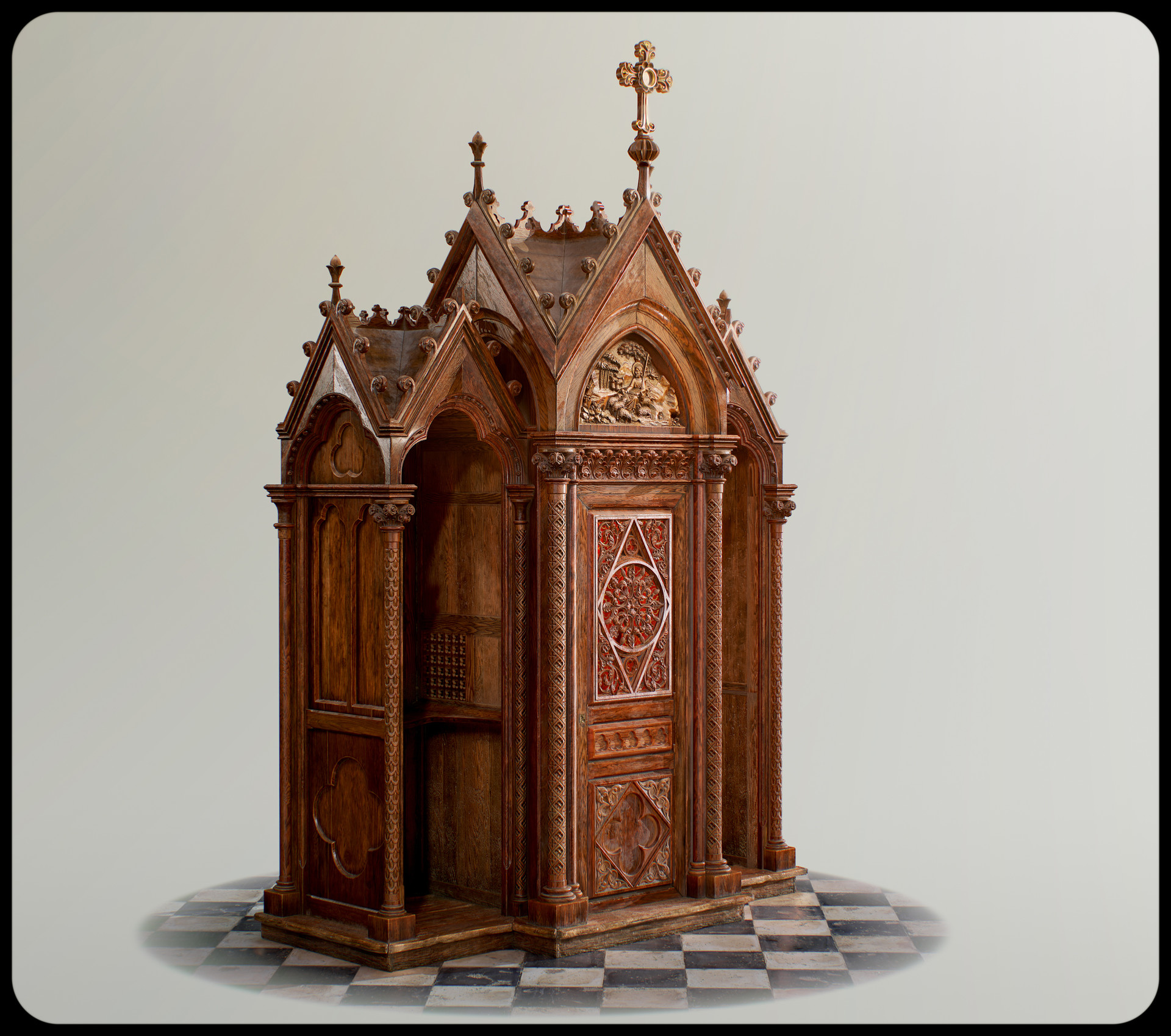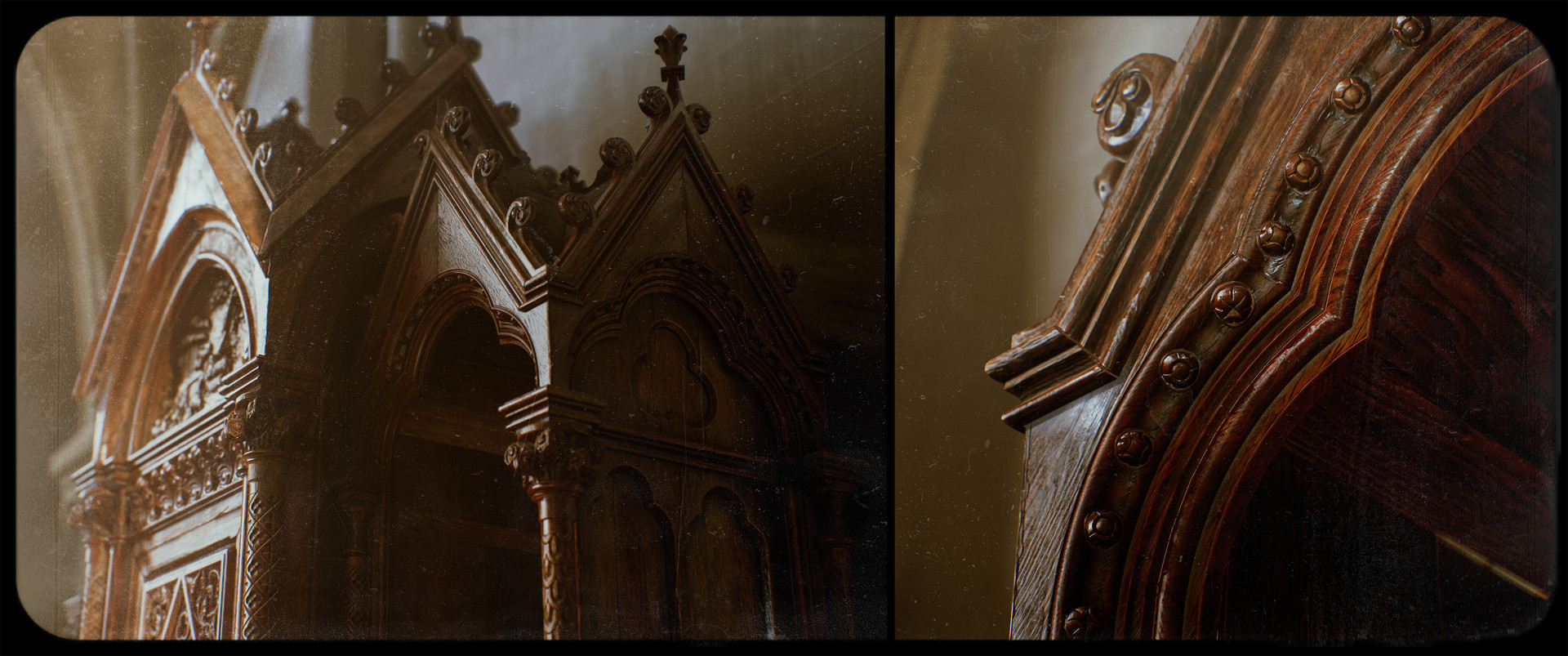One of the shots that I recieved feedback on.
I enjoyed the interview and have taken this as an opportunity to improve my handling of a professional interview setting. I was somewhat nervous but I tried to prepare for the interview by gathering as much information that I could, to answer any questions he may have had about my work. I was asked to reflect on what I felt was my weakest and strongest areas, but fortunately this question did not catch me off guard as I have been reflecting on these very things as I write my blog.
I was complimented on my work and Don said he was loving my environment so far. I asked questions about where I would fit within the company and was told it would be somewhere within the asset team. To my surprise however I was told that most of the 3D modelling was outsourced to a third party. I found this a shame because this is my favourite part of the process. For my career I would ideally like to be one of the people creating the 3D assets, so I will be continuing to apply for other opportunities in addition to this.
Whilst this may not lead to anything, I am confident that my work can stand up to scrutiny. I look forward to completing this project so that I can fully display it on my Artstation page. I only showed Don work-in-progress screenshots on the Polycount forums so I am eager to finish this and show it off properly.
I was complimented on my work and Don said he was loving my environment so far. I asked questions about where I would fit within the company and was told it would be somewhere within the asset team. To my surprise however I was told that most of the 3D modelling was outsourced to a third party. I found this a shame because this is my favourite part of the process. For my career I would ideally like to be one of the people creating the 3D assets, so I will be continuing to apply for other opportunities in addition to this.
Whilst this may not lead to anything, I am confident that my work can stand up to scrutiny. I look forward to completing this project so that I can fully display it on my Artstation page. I only showed Don work-in-progress screenshots on the Polycount forums so I am eager to finish this and show it off properly.





















































